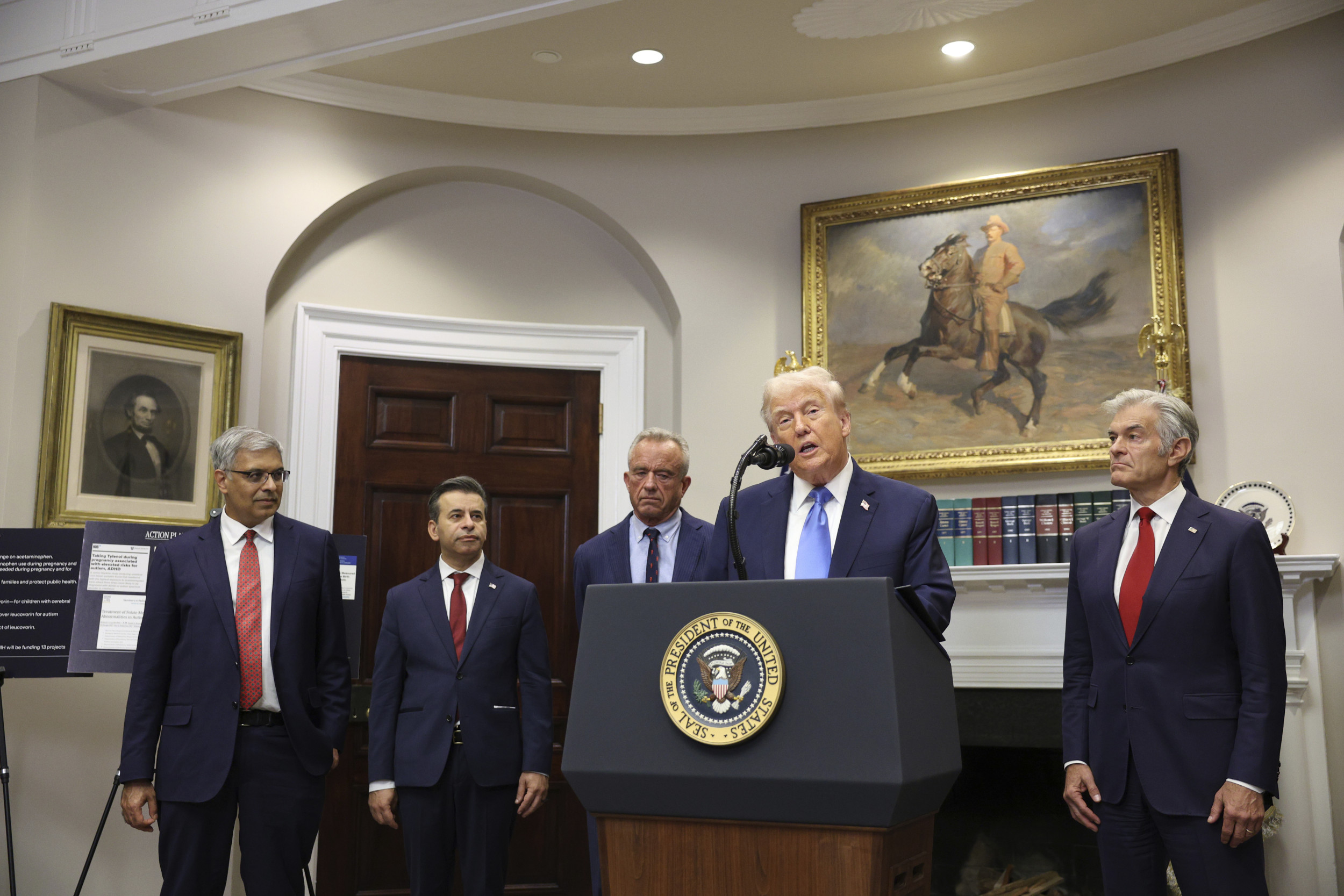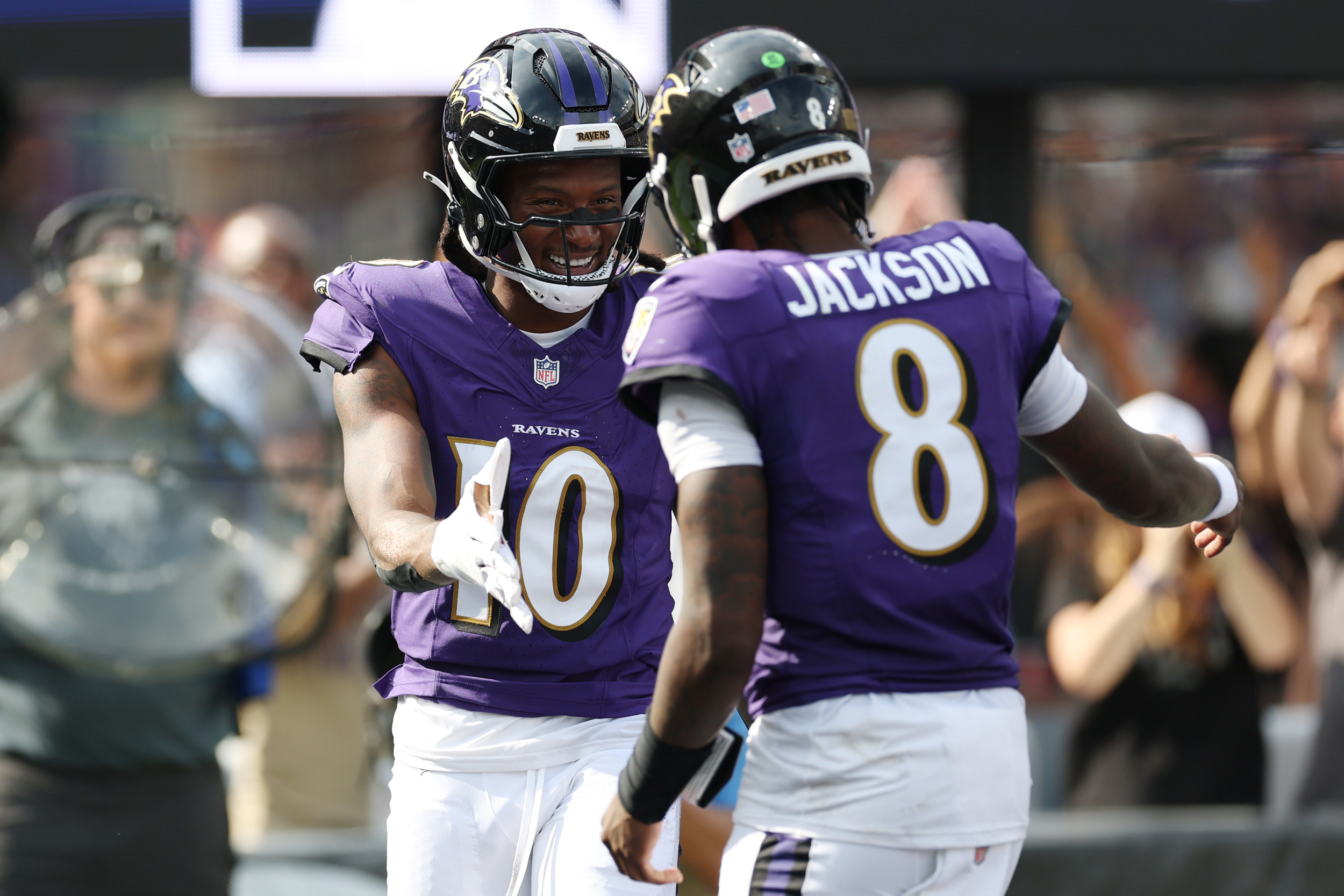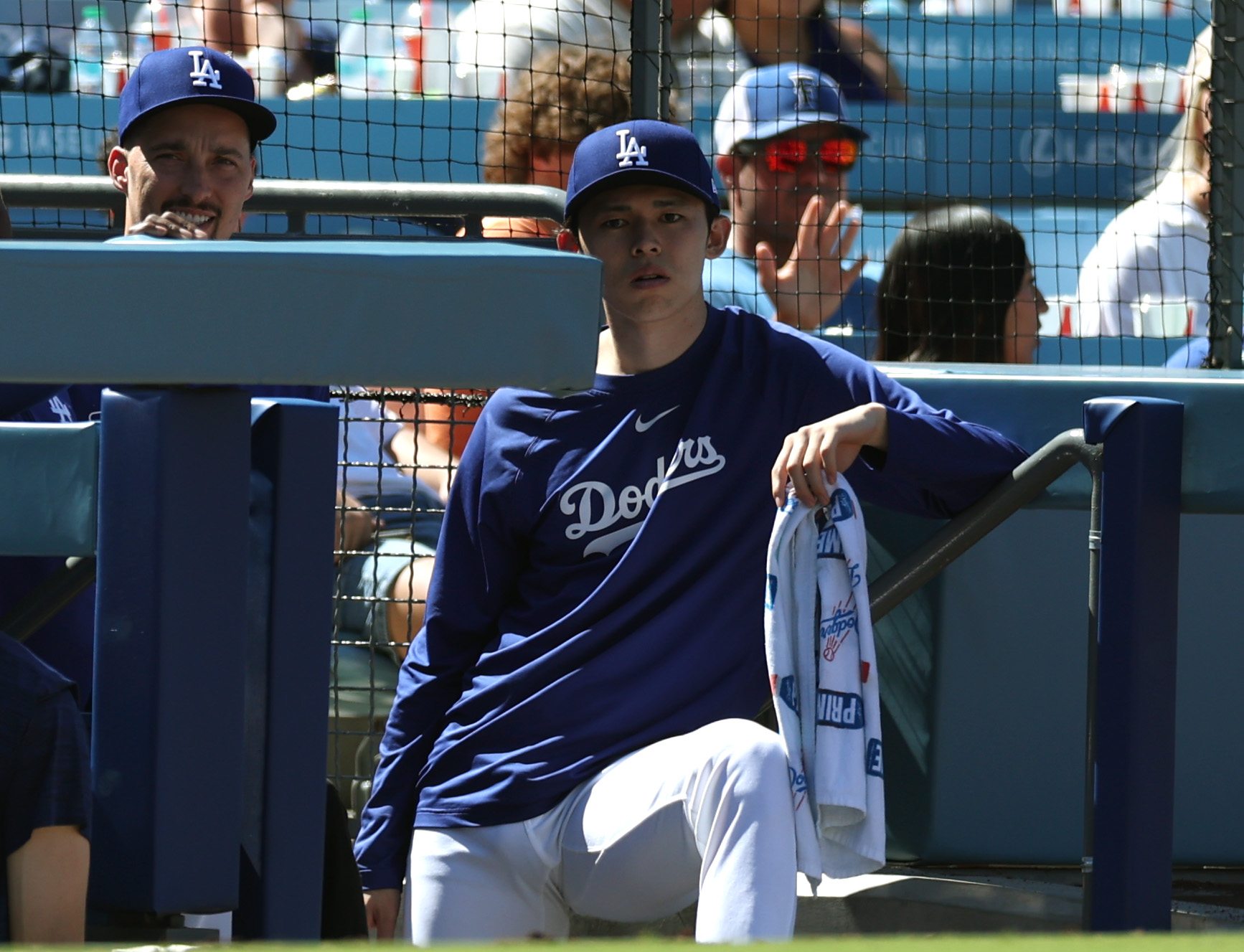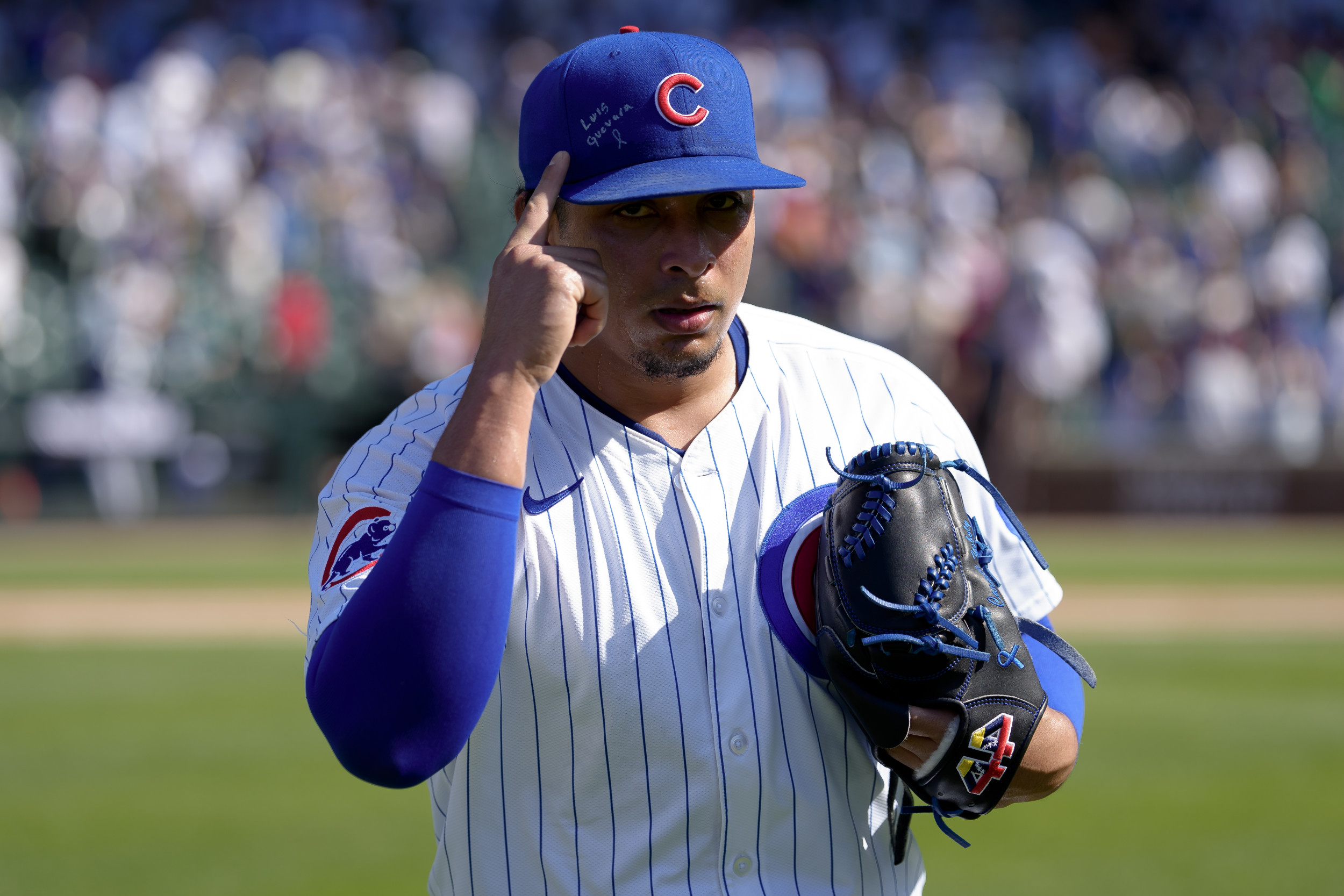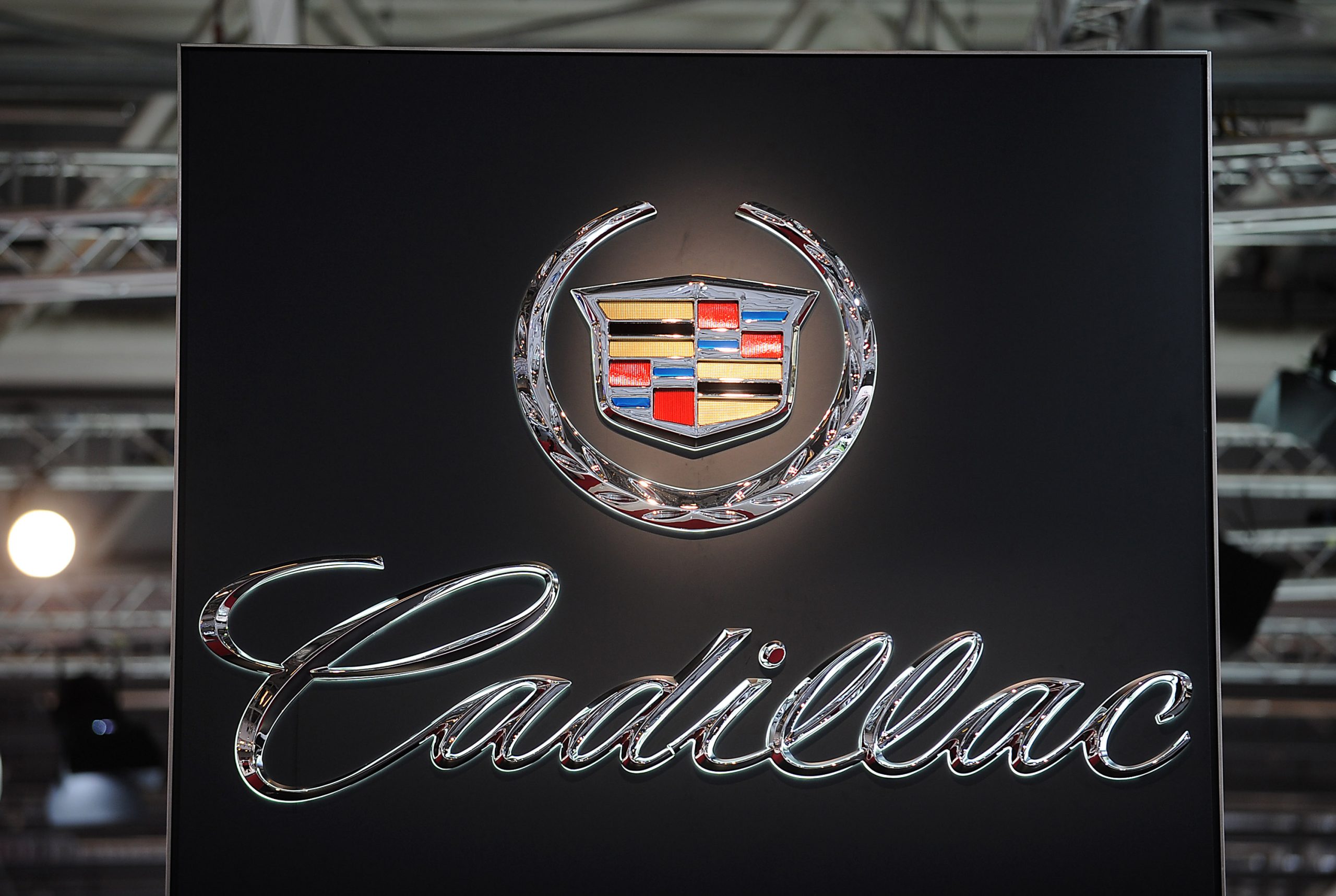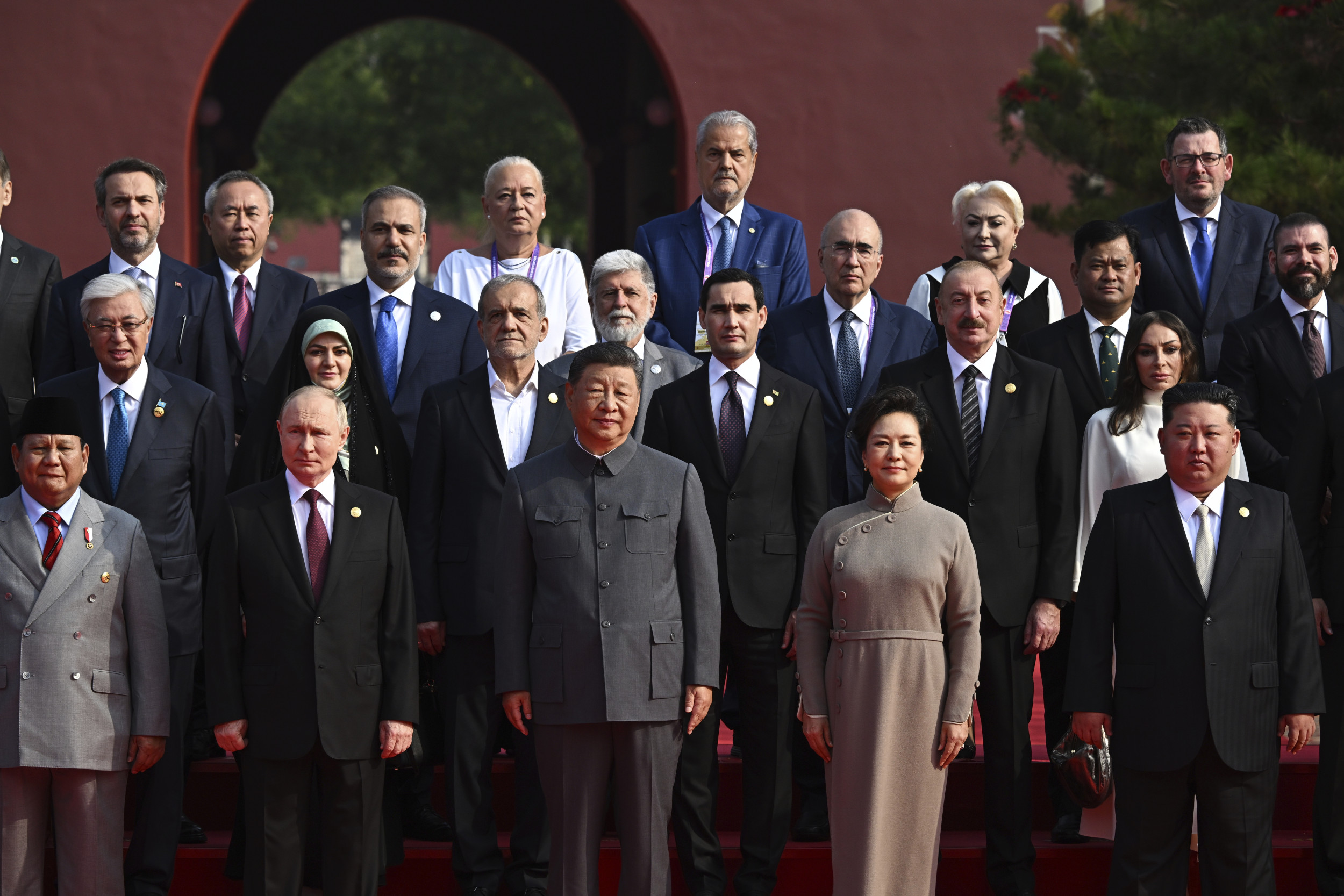
A striking photograph from Beijing this week shows the leaders of CRINK—China’s Xi Jinping, Russia’s Vladimir Putin, Iran’s Masoud Pezeshkian, and North Korea’s Kim Jong Un—posing together ahead of a military parade commemorating the 80th anniversary of Japan’s surrender at the end of World War II.
The image captures the first public gathering of what EU foreign policy chief Kaja Kallas described as an “autocratic alliance” challenging the rules-based international order, signaling growing cohesion among sanctioned and authoritarian states.
Newsweek has reached out to the foreign ministries of Iran, Russia and China and the North Korean Embassy in Beijing for comment.
Why It Matters
For Brussels and Western capitals, the CRINK gathering reflects the emergence of a bloc of leaders united in purpose. The alignment of these sanctioned and authoritarian states could challenge established international norms, strain diplomatic frameworks, and encourage countries to pursue their agendas outside conventional multilateral channels.
The photograph highlights the growing divide between Western nations and this self-styled Eastern coalition.
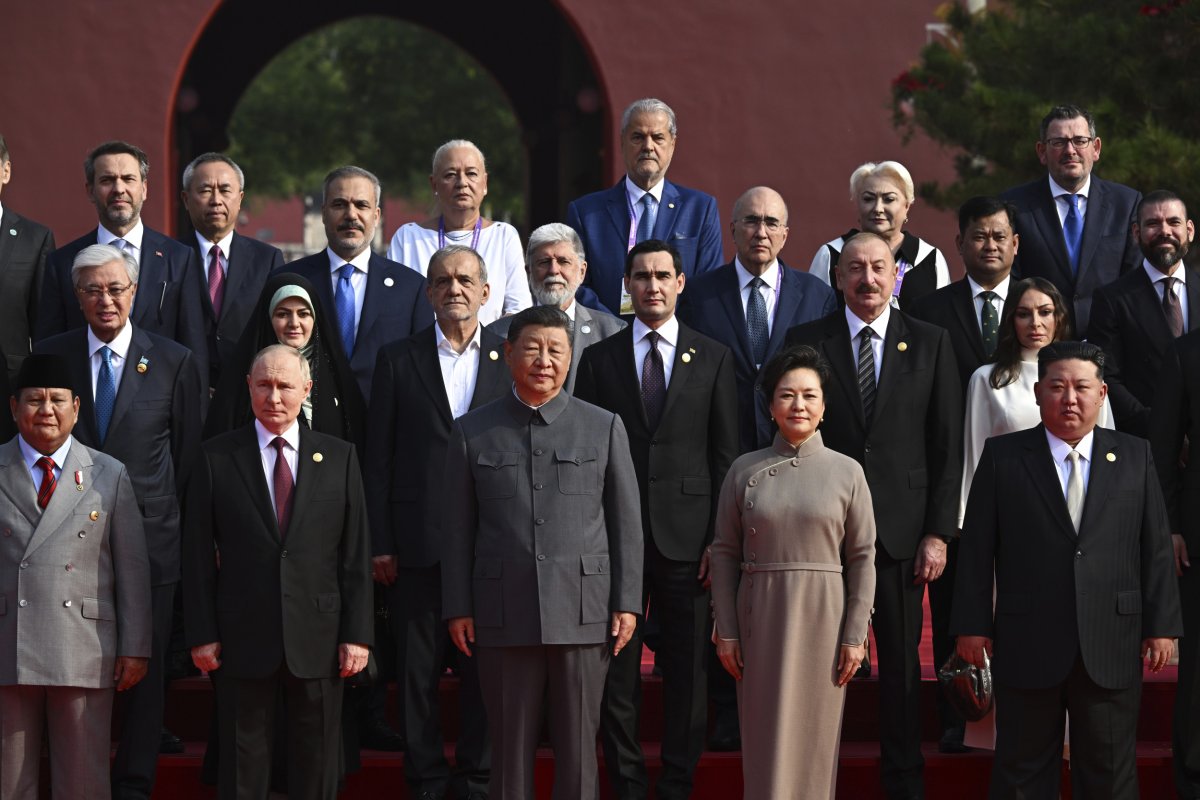
Sergei Bobylev/AP Photo
What To Know
“While Western leaders gather in diplomacy, an autocratic alliance is seeking a fast track to a new world order,” Kallas said, framing the gathering as more than symbolic optics: a direct challenge to established global norms. Standing together for the photograph, Xi, Putin, Kim, and Pezeshkian projected the first public image of the emerging bloc, signaling coordination among states often criticized by the West.
The photograph also featured other leaders, including Indonesian President Prabowo Subianto, Azerbaijani President Ilham Aliyev, and Myanmar junta chief Min Aung Hlaing, among more than two dozen officials attending the commemorative event.
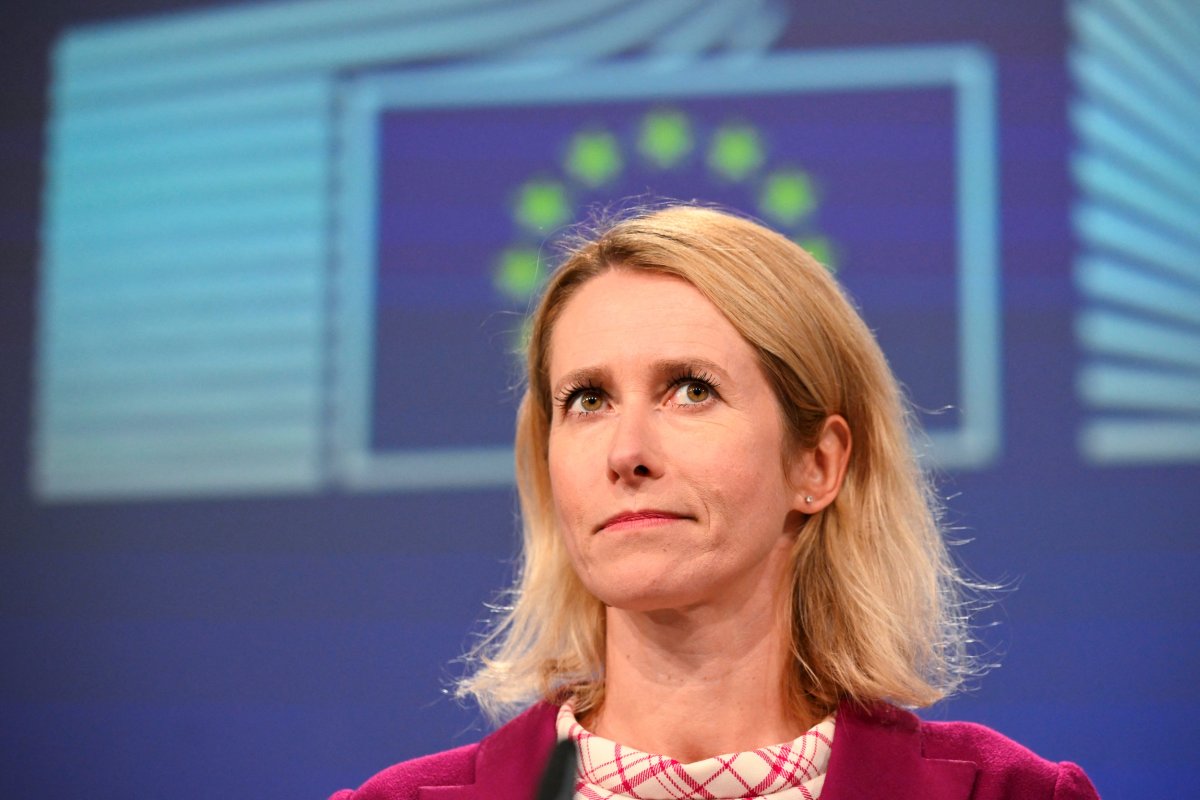
Nicolas Tucat/AP Photo
Military Parade
The parade in Tiananmen Square featured tens of thousands of troops, hypersonic missiles, underwater drones, and fighter jets. Xi framed the event as a choice for humanity: “peace or war, dialogue or confrontation.” The spectacle was presented as a symbol of solidarity with the developing world, highlighting China’s growing influence on global security and geopolitics.
Iran’s Presence
Pezeshkian’s attendance highlighted Tehran’s deepening ties with Beijing and Moscow. After missing Russia’s Victory Day parade in May, his presence signaled Iran’s intent to strengthen Eastern partnerships.
Iranian officials said they were leveraging “every diplomatic capacity” to ease sanctions and regain influence in nuclear negotiations. Standing alongside Xi, Putin, and Kim placed Pezeshkian firmly within a bloc of sanctioned leaders.
Trump Reacts
President Donald Trump, who did not attend the Beijing parade, posted on social media accusing the CRINK leaders of conspiring against the U.S.
“Please give my warmest regards to Vladimir Putin and Kim Jong Un as you conspire against the United States of America,” he wrote. The Kremlin rejected the allegation, stressing that Putin was not plotting against Washington.
The big question to be answered is whether or not President Xi of China will mention the massive amount of support and “blood” that The United States of America gave to China in order to help it to secure its FREEDOM from a very unfriendly foreign invader. Many Americans died in…
— Trump Truth Social Posts On X (@TrumpTruthOnX) September 3, 2025
What People Are Saying
Kaja Kallas, EU high representative for foreign and security policy: “Looking at President Xi standing alongside the leaders of Russia, Iran, [and] North Korea in Beijing today, these aren’t just anti-Western optics: This is a direct challenge to the international system built on rules.”
U.S. President Donald Trump: “Please give my warmest regards to Vladimir Putin and Kim Jong Un as you conspire against the United States of America.”
What Happens Next
Western powers are expected to intensify diplomatic efforts to counter the emerging CRINK bloc, while Beijing, Moscow, Tehran, and Pyongyang continue consolidating influence. The photographs of the leaders together may become a defining symbol of a shifting global order and the first public evidence of what Kallas calls an “autocratic alliance.”
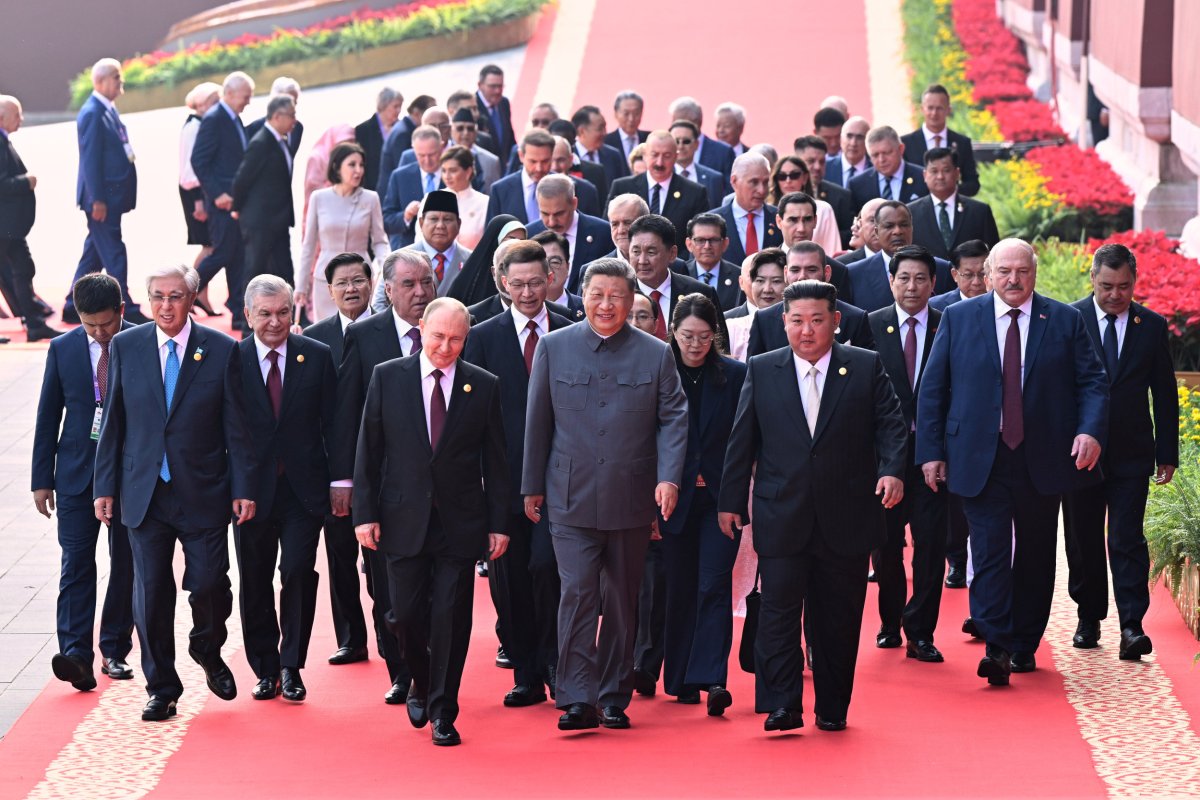
Shen Hong/AP Photo
